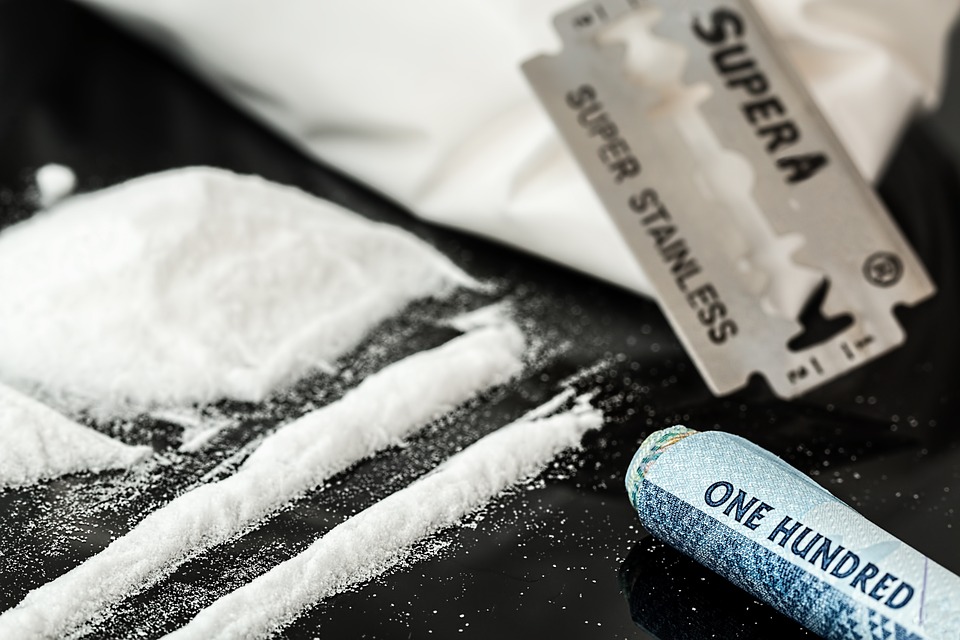
You’ve heard of coke, crack, LSD and ecstasy, but there are many other drugs out there — which are readily available, and not only from the “street.” “Designer drugs like spice and other ‘legal’ compounds are showing up for sale in gas stations and online faster than the law can keep up,” warns recovering addict Ed Hamill.
 “Parents have to educate themselves,” says Dr. Howard Samuels, psychologist and founder and CEO of The Hills Treatment Center. “Look up everything and know what they’re talking about in order to have an open, honest conversation with their son or daughter.”
“Parents have to educate themselves,” says Dr. Howard Samuels, psychologist and founder and CEO of The Hills Treatment Center. “Look up everything and know what they’re talking about in order to have an open, honest conversation with their son or daughter.”
Certified parent coach Cathy Taughinbaugh agrees that talking is everything. “Teens who learn about the risks of drugs from their parents are 50 percent less likely to use drugs,” she says. “Give your teen plenty of opportunities to talk with you in a positive way about what is going on in his or her life. Being a listener and staying connected to your child is one of the most powerful things you can do to help your kid make healthy choices and good decisions.”
“You don’t want to be in denial and hope the experimentation will simply pass or come to the realization that your child’s use has progressed so far that he or she’s now dependent and suffering negative consequences,” adds Taughinbaugh, who is also an expert author for Pro Corner on Recovery.org. “Teens experiment with drugs and alcohol for a variety of reasons. The first question a parent should ask is ‘Why?’ Teens may not be comfortable explaining why they’re experimenting, so try and work together to understand why your kid might be tempted by drugs or alcohol. This way you can begin to address the issues that he or she is facing. Some of the most common reasons teens use drugs or alcohol are because they want to relax from the stress, fit in with the group, try something new, have fun with friends or just experiment to see how drugs feel.”
There are many, many drugs out there — and most of them have a seemingly endless list of alternative “street” names. Start educating yourself with these common drugs your kids are likely to know about.
Ice
Ice is one of the street names for methamphetamine, which may also be known as crystals, crystal, meth, rock, candy, batu, glass, LA glass, super ice, hot ice, LA crystal, Hawaiian salt, Tina, Chrissy, speed or tweak. One of the newest and deadliest forms of crystallized methamphetamine, ice is nearly 100 percent pure methamphetamine.
Odorless and smoked in glass pipes, it is more lethal than crack and cocaine and seemingly more addictive. Within seconds of smoking ice, users experience intense physical and mental exhilaration. This gives way to extreme feelings of anxiety, depression, sleeplessness and fatigue, and long-term use can lead to toxic psychosis similar to paranoid schizophrenia. The toxic ingredients in meth leads to severe tooth decay known as “meth mouth,” in which the teeth become black, stained and rotting, often to the point where they have to be pulled.
Spice
Made from dried plant material and chopped up herbs, then sprayed with synthetic chemicals (cannabinoids), spice is only one name for this popular illegal drug. It also goes by K2, herbal incense, potpourri, mojo, Scooby Snax, black mamba, no more Mr. Nice Guy, annihilation, and hundreds more. It’s also known as synthetic cannabis or synthetic marijuana, but it’s actually nothing like natural marijuana. Studies into Spice have found it contains a wide range of potentially harmful chemicals, including the prescription drug phenazepam.
Spice may have a similar effect to natural marijuana because synthetic cannabinoids happen to fit into the same receptors that THC (marijuana’s mind-altering chemical) latches onto in the brain. However, some synthetic cannabinoids are up to 100 times stronger than THC and may operate on other brain receptors too. Negative side effects reported by users include high blood pressure, blurred vision, stroke, cardiac arrest, muscle spasms, seizures, vomiting, hallucinations, paranoia, severe anxiety and suicidal thoughts. According to the American Association of Poison Control Centers, there were 656 exposures to spice from Jan. 1, 2017 to April 30, 2017.


